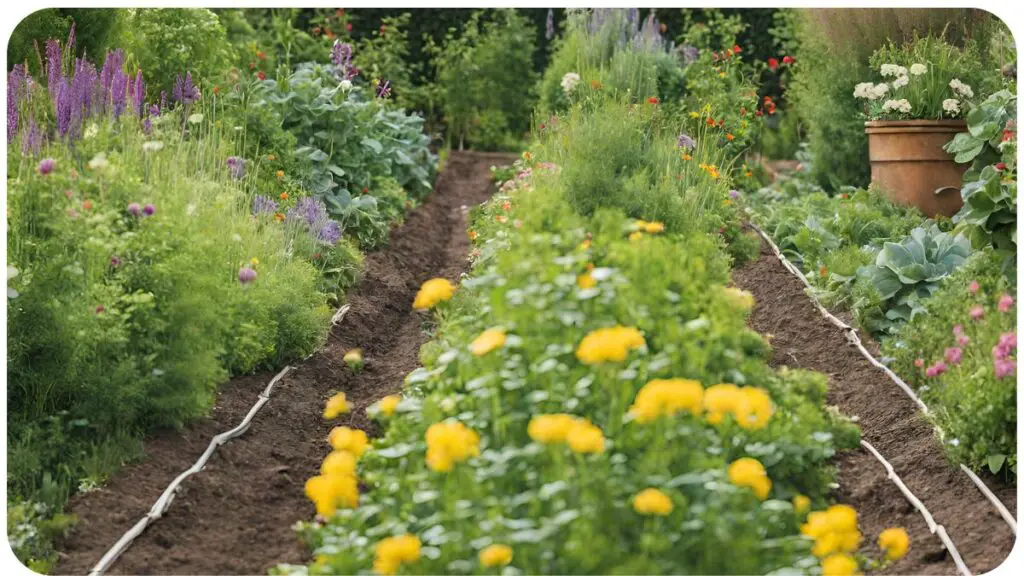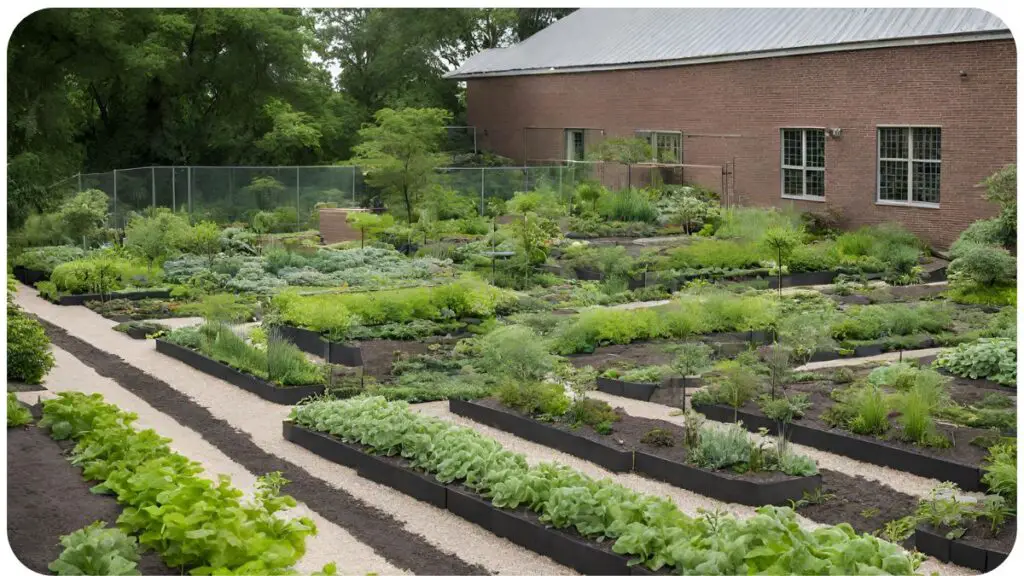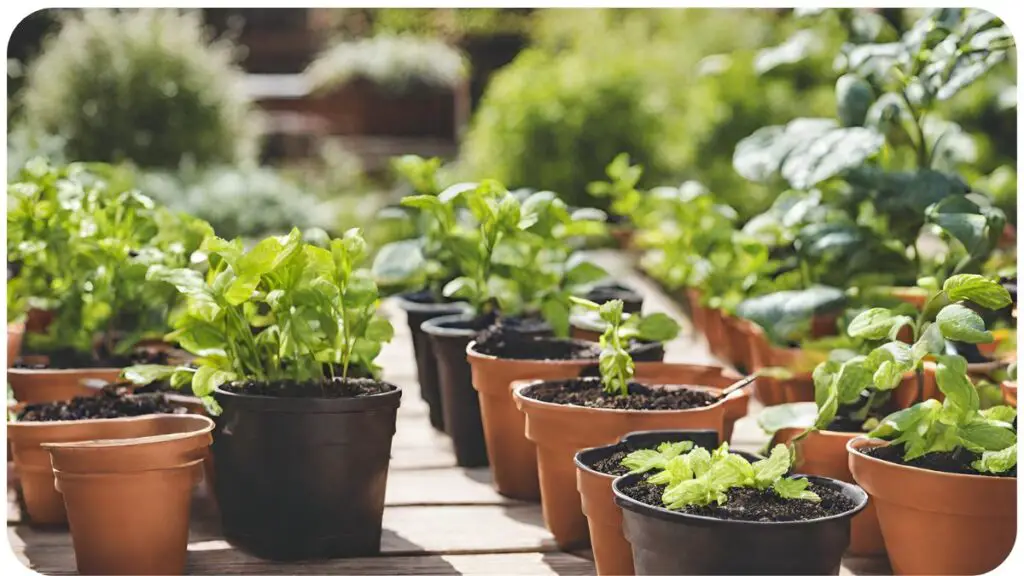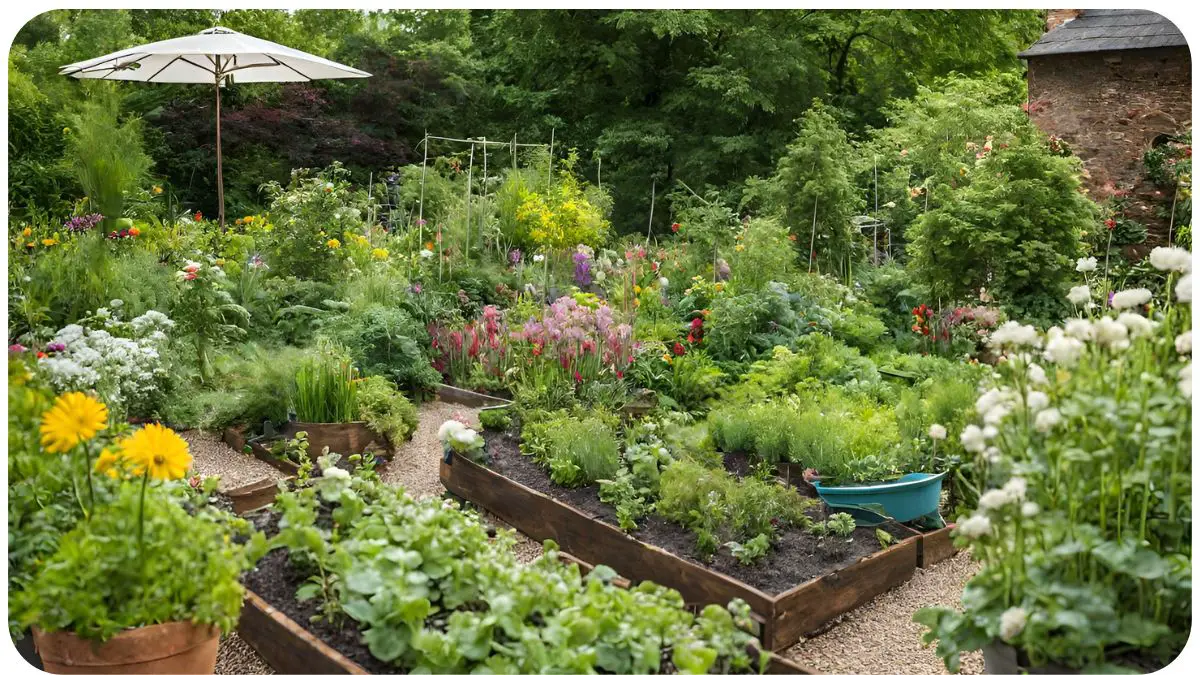Gardening can be incredibly rewarding, but it’s not without its challenges. From unpredictable weather patterns to pests and diseases, maintaining a thriving garden requires resilience. In this article, we’ll explore practical strategies to build resilience in your garden, ensuring it can withstand whatever challenges come its way.
| Takeaways |
|---|
| 1. Choose resilient plant varieties suited to your climate and soil conditions. |
| 2. Improve soil health with compost, worm castings, and cover crops to support plant resilience. |
| 3. Implement water-efficient strategies such as drip irrigation and rainwater harvesting to conserve water. |
| 4. Utilize natural pest control methods like introducing beneficial insects and companion planting. |
| 5. Adapt to changing climate conditions by incorporating climate-resilient gardening practices. |
| 6. Plan and prepare for each season to optimize plant growth and resilience. |
| 7. Foster biodiversity through companion planting and native plant selections to enhance garden resilience. |
| 8. Create microclimates to tailor growing conditions to the specific needs of your plants. |
| 9. Mulch to suppress weeds, regulate soil temperature, and retain moisture for improved resilience. |
| 10. Embrace sustainable gardening practices to build long-term resilience and environmental stewardship. |
2. Understanding Resilience in Gardening

Resilience in gardening refers to the ability of plants and ecosystems to adapt and recover from stressors. It involves creating a garden that can bounce back from adverse conditions, such as drought, extreme temperatures, or pest infestations. By understanding the principles of resilience, gardeners can cultivate robust and sustainable landscapes.
Embracing organic gardening methods fosters a vibrant ecosystem within your soil, promoting robust plant growth and resilience to environmental challenges.” Soil Health Guide “By prioritizing natural practices, you’ll cultivate a thriving garden foundation.
3. Selecting Resilient Plants
When choosing plants for your garden, opt for varieties that are well-suited to your climate and soil conditions. Look for resilient species that can tolerate fluctuations in temperature, moisture levels, and soil quality. Here’s a table highlighting some resilient plant varieties:
| Plant Variety | Resilience Traits |
|---|---|
| Lavender | Drought-tolerant, aromatic |
| Russian Sage | Heat and drought-resistant |
| Sedum | Succulent, drought-tolerant |
| Coneflower | Tolerates poor soil, attracts pollinators |
These plants not only add beauty to your garden but also contribute to its overall resilience.
4. Soil Health and Resilience
Healthy soil is the foundation of a resilient garden. By improving soil structure and fertility, you can enhance plant health and resilience. Consider incorporating the following soil amendments:
Harness the power of lunar cycles to synchronize plant growth with celestial rhythms, optimizing your garden’s productivity and vitality throughout the lunar phases.” Lunar Growth Optimization “Aligning cultivation with cosmic influences enhances plant health.
| Soil Amendment | Benefits |
|---|---|
| Compost | Enriches soil, improves moisture retention |
| Worm Castings | Adds nutrients, enhances soil structure |
| Biochar | Increases carbon storage, improves nutrient retention |
| Cover Crops | Prevents erosion, adds organic matter |
Improving soil health not only boosts plant resilience but also supports beneficial soil organisms.
5. Water Management Strategies
Water is a precious resource in gardening, especially in arid or drought-prone regions. Implementing water-efficient strategies can help conserve water while promoting garden resilience. Consider planting drought-tolerant species and implementing techniques such as drip irrigation and rainwater harvesting. Here’s a table showcasing some drought-tolerant plants:
| Plant Species | Water Requirements |
|---|---|
| Agave | Low |
| Yarrow | Low to moderate |
| Blanket Flower | Low to moderate |
| Butterfly Bush | Low to moderate |
By selecting plants that require minimal water, you can create a more resilient garden that can thrive even during dry spells.
6. Pest and Disease Management

Pests and diseases can wreak havoc on a garden if left unchecked. Implementing integrated pest management (IPM) techniques can help mitigate these challenges while minimizing the use of harmful chemicals. Consider employing natural pest control methods, such as introducing beneficial insects or using companion planting to deter pests. Here’s a table outlining some effective natural pest control methods:
Navigating the challenges of gardening in arid climates requires strategic approaches to conserve water and nurture green spaces amidst dry conditions.” Desert Gardening Solutions “Discover techniques for thriving gardens in dry environments.
| Pest Control Method | Description |
|---|---|
| Ladybugs | Feed on aphids, mites, and other pests |
| Praying Mantis | Predatory insects that consume various garden pests |
| Neem Oil | Repels pests and disrupts their lifecycle |
| Diatomaceous Earth | Kills insects by damaging their exoskeletons |
By incorporating these natural pest control methods into your gardening routine, you can minimize pest damage while promoting a healthy ecosystem.
7. Climate Adaptation Techniques
As climate patterns continue to shift, gardeners must adapt to changing conditions. Implementing climate-resilient gardening practices can help mitigate the impacts of extreme weather events and temperature fluctuations. Consider techniques such as:
- Mulching: Helps regulate soil temperature and moisture levels.
- Shade Cloth: Provides protection from excessive heat and sun exposure.
- Raised Beds: Improve drainage and soil aeration, reducing the risk of waterlogging.
- Windbreaks: Protect plants from strong winds, preventing damage and desiccation.
By incorporating these climate adaptation techniques into your garden design, you can create a more resilient growing environment.
8. Seasonal Planning for Resilience
Successful gardening requires careful planning and preparation throughout the year. By aligning your gardening activities with the seasons, you can optimize plant growth and resilience. Consider the following seasonal tasks:
- Spring: Prepare soil, start seeds, and plant early-season crops.
- Summer: Water regularly, monitor for pests and diseases, and harvest fruits and vegetables.
- Fall: Plant cover crops, clean up garden debris, and prepare for winter.
- Winter: Protect tender plants from frost, plan for next year’s garden, and focus on indoor gardening projects.
Companion planting offers a natural and effective method for pest control, fostering symbiotic relationships between plants to deter pests and enhance garden health.” Pest Control Techniques “Enhance biodiversity and resilience with companion planting strategies.
By staying proactive and adapting to seasonal changes, you can maximize your garden’s resilience and productivity year-round.
9. Companion Planting for Resilience
Companion planting involves strategically pairing plants to enhance growth, repel pests, and improve overall resilience. By selecting compatible plant combinations, you can create a diverse and harmonious garden ecosystem. Here’s a table outlining some beneficial companion plant pairings:
| Companion Plants | Benefits |
|---|---|
| Tomatoes and Basil | Basil repels pests that affect tomatoes |
| Marigolds and Beans | Marigolds deter nematodes, benefiting beans |
| Cucumbers and Radishes | Radishes repel cucumber beetles |
| Carrots and Onions | Onions deter carrot flies, carrots deter onion flies |
By incorporating companion planting into your garden layout, you can naturally enhance resilience while promoting biodiversity.
10. Importance of Biodiversity
Biodiversity plays a crucial role in garden resilience. By cultivating a diverse range of plant species, you can increase ecosystem stability and reduce the risk of pest and disease outbreaks. Encourage biodiversity by incorporating native plants, providing habitat for beneficial insects, and avoiding monoculture planting. A diverse garden is better equipped to withstand environmental stressors and maintain productivity over time.
Transform kitchen scraps into nutrient-rich compost, enriching your garden soil and minimizing waste while promoting sustainable gardening practices.” Kitchen Scrap Composting “Reduce landfill waste and cultivate healthier plants organically.
11. Creating Microclimates
Microclimates refer to small-scale environmental conditions within a garden that differ from the surrounding area. By manipulating factors such as sunlight, wind exposure, and moisture levels, you can create microclimates that support the growth of a wider range of plants. Consider techniques such as:
- Planting on Slopes: Utilize natural gradients to create warmer or cooler microclimates.
- Using Windbreaks: Install barriers such as fences or hedgerows to reduce wind exposure and create sheltered areas.
- Water Features: Incorporate ponds or water features to moderate temperature and humidity levels.
Creating microclimates allows you to tailor growing conditions to the specific needs of your plants, enhancing overall resilience.
12. Mulching for Resilience
Mulching is a simple yet effective technique for improving soil health and conserving moisture. By applying a layer of organic mulch, such as straw, wood chips, or shredded leaves, you can suppress weeds, regulate soil temperature, and retain moisture.
Additionally, as the mulch breaks down, it adds organic matter to the soil, improving its structure and fertility. Mulching is a key practice for building resilience in your garden and reducing the need for water and fertilizer inputs.
13. Sustainable Gardening Practices

Incorporating sustainable gardening practices is essential for long-term resilience and environmental stewardship. Minimize the use of synthetic fertilizers and pesticides, opt for organic and locally sourced inputs, and prioritize water conservation.
Compost kitchen scraps and garden waste to enrich soil fertility and reduce landfill waste. By adopting sustainable gardening practices, you can create a garden that is not only resilient but also environmentally friendly and sustainable for future generations.
14. Conclusion
Building resilience in your garden requires careful planning, proactive management, and a commitment to sustainable practices. By selecting resilient plants, improving soil health, implementing water-efficient strategies, and promoting biodiversity, you can create a garden that thrives in the face of challenges.
Whether you’re a novice gardener or a seasoned expert, incorporating these resilience-building techniques will help you cultivate a thriving and resilient garden year after year.
Further Reading
- Digging Deeper: Nurturing Resilience: Explore in-depth resources on nurturing resilience in your garden, including tips for fostering resilience in young gardeners.
- Gardening and Resilience: Growing Together: Learn how gardening can promote resilience and well-being, as discussed by a self-care expert.
- Cultivating Resilience: Discover strategies for cultivating resilience in various aspects of life, including gardening, from Work Smart Live Smart.
FAQs
What are some benefits of gardening for resilience?
Gardening promotes resilience by providing a sense of accomplishment, fostering connections with nature, and teaching valuable problem-solving skills.
How can companion planting enhance garden resilience?
Companion planting can enhance garden resilience by attracting beneficial insects, repelling pests, and improving soil health through diverse plant interactions.
What role does soil health play in garden resilience?
Healthy soil is essential for garden resilience as it supports strong plant growth, enhances nutrient availability, and improves water retention, reducing the impact of environmental stressors.
How can I create a microclimate in my garden?
You can create a microclimate in your garden by manipulating factors such as sunlight exposure, wind protection, and moisture levels using techniques like planting on slopes, installing windbreaks, and incorporating water features.
Why is biodiversity important for garden resilience?
Biodiversity increases garden resilience by promoting ecosystem stability, reducing the risk of pest and disease outbreaks, and enhancing overall plant health through natural interactions and nutrient cycling.

For 15 years, Hellen James has worked in the gardening industry as an expert and landscape designer. During her career, she has worked for a variety of businesses that specialize in landscaping and gardening from small firms to large corporations.

